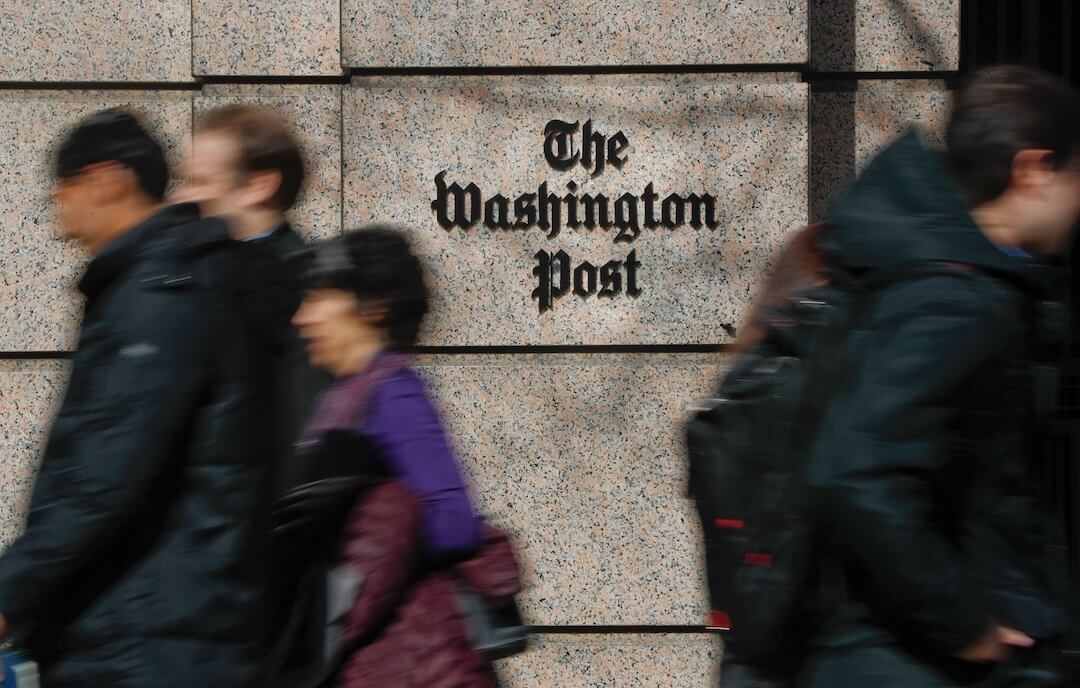The New York Times’ new digital subscription pricing has been characterized by some as a backward-looking effort to protect print revenue. But after comparing the Times’ subscription prices to The Wall Street Journal’s, I see a different goal: promoting the mobile Web over native apps on digital tablets.
The Times announced last week that it will charge $455 a year for digital-only access to its content, which includes Web access and smartphone and tablet apps. In comparison, a weekday print subscription – which also includes full digital access – is available for $385 a year, and a Sunday-only subscription is just $5 more.
That caused pundits to argue that the Times is creating an incentive for consumers to choose a print subscription (which includes digital access) over digital-only.
There is one problem with that argument: A Web subscription to the Times is $195 a year, and the Times’ website works just fine on the iPad.
Rather than favoring print, perhaps the Times is moving to de-emphasize native mobile apps and the stranglehold Apple has over that ecosystem.
The thought occurred to me while reading coverage of The Wall Street Journal’s new “single copy” offer within its iPad app. The app now includes an option to pay $1.99 to read a single issue of the Journal. Before Wednesday, its iPad app was subscription-only.
Earlier in the week, Michael DeGusta posted a chart on The Understatement comparing the Times digital subscription rates with the Journal and other online services. He suggests that the Times’ prices are too high and will drive readers to other publications.
Frédéric Filloux at Monday Note questions the entire approach:
“The New York Times paywall is like the French tax system: expensive, utterly complicated, disconnected from the reality and designed to be bypassed.”
The price comparison from DeGusta, who has published a collection of similar charts recently, caused me dig into the subscription rates of The Journal and The Times to get a more complete pricing picture.
My initial question: As a smartphone and tablet consumer living outside New York City, what is the cheapest way to access these two national newspapers on the Web and via iPhone and iPad apps?
On the surface, the numbers reinforce DeGusta and Filloux’s assertions, but they also point to a deeper strategy by the Times.
Let’s start with the Journal.
The Wall Street Journal Pricing Plan
If you want to subscribe to The Wall Street Journal, here are your options:
Full print and digital access: $37 a month or $441 a year
Print only: $30 a month; $363 a year
Digital Plus (Web and mobile devices): $18 a month; $216 a year
Tablet edition: $1.99 per day single copy; $17 a month; $207 a year.
Web only: $13 a month; $155 a year(The note at the bottom of this post explains how I calculated these.)
-

- The Wall Street Journal and The New York Times compete on newsstands in New York. (Mark Lennihan/AP)
The Journal’s pricing structure seems pretty straightforward. The Web is by far the cheapest subscription option. Mobile access costs about $5 more per month than basic Web access. Accessing print and digital editions costs $7 more a month than print alone.
As a consumer, those are clear choices. Though I may wish for a lower price for digital and mobile access, the structure makes sense.
So my cheapest option to access the Journal online and via iPad and iPhone apps would be the Tablet edition package, which would cost me $207 a year. I can read the paper online, on my iPhone or on my iPad, and I don’t need to have the print edition delivered.
The New York Times Pricing Plan
The Times is not so straightforward in its approach. There are more print subscription packages for the Times, which publishes every day compared to the Journal’s six days a week. And the delivery rates are higher for the rest of the country outside the New York metro area.
As with the Journal, any print subscription includes full access to the website, iPad and smartphone apps.
Home delivery outside of New York
7 Days: $64 a month or $770 a year
Friday-Sunday: $45 a month or $541 a year
Sunday: $33 a month or $390 a year
Weekday: $32 a month or $385 a yearDigital only
Web and smartphone apps: $16 a month or $195 a year
Web and tablet apps: $22 a month or $260 a year
Web, smartphone and tablet apps: $38 a month or $455 a year
So, as a consumer in New Hampshire who values mobile access to news, my absolute cheapest price for access to the Times app on my iPad alone is $260 per year.
But if I want to read the Times on my iPhone too, I may as well get the paper delivered five days a week. That beats the “Web plus mobile apps” package by $70 a year.
That just does not add up. The Times said last week that its pricing plan was the result of extensive consumer feedback. But which consumers said the problem they wanted to solve was how to pay a $70 premium not to receive the print newspaper?
The average iPad owner likely has a smartphone, and he probably wants to access the Times there as well. Putting those devices into two different pricing tiers, and charging a significant premium to access them both, is perplexing. The customer is being forced to decide what it’s worth to get the Times on her iPad app as well as her iPhone app.
Assuming the Times does things on purpose, what is the thinking behind this?
A different strategy at work
This is the true choice for people who want these publications on the Web, tablets and smartphones:
Wall Street Journal Tablet edition (tablet and smartphone apps and Web): $17 a month; $207 a year.
New York Times Web and smartphone apps: $195 a year
What about the Times’ iPad app, you say? I’m not alone in saying that one of the best apps on the iPad is the Web browser. What if the Times is encouraging people to pick its cheapest mobile plan — $195 a year for Web and smartphone apps — and let Safari be the platform of choice on the tablet?
I have no inside information to back up this theory, but it would be a good strategy. I asked the Times if this is part of their thinking and will provide an update when they respond.
The Times does have a mobile website designed for smartphones, but its iPhone app is better. The design and usability advantages of a native app are more valuable on a smartphone than a tablet because of the smaller screen size. For the Times app, this means finer control over font sizes, better navigation and better use of photography.
In comparison, for most news companies, a tablet app might be functionally and visually identical to a tablet-optimized website. In that case, the primary advantage of a native iOS app is the marketing and distribution of the iTunes Store.
But the primary disadvantage is Apple. The computing giant has the power to dictate terms and little incentive to negotiate with publishers. Newspapers must decide if it’s worth it to give up a 30 percent royalty, in perpetuity, for each subscriber who uses the in-app purchase option.
If the Times were to create a pricing scheme aimed at countering Apple’s influence, it would look almost exactly like what they are doing:
- Build free-to-download smartphone and tablet apps.
- Implement a subscription service for all digital content.
- Tie app access to print subscriptions.
- Do not offer mobile-only subscriptions.
- Price the packages to encourage Web and mobile Web use.
- Offer a smartphone app subscription at a premium, and an iPad app subscription at an even greater premium.
All that is missing:
- Develop a tablet-specific, touch-friendly HTML5 website to decrease the incentive for people to pay more to view content on the tablet app.
The Times site now looks fine on the iPad; its video and interactive graphics are largely compatible with Apple’s non-Flash requirements. But it is not yet a tablet-optimized site like npr.org/tablet, with large, touch-friendly navigation and similar refinements.
If we see the Times roll out such a tablet site in the next few months, that is all the proof I would need that the company is targeting Apple, not protecting print.
Here’s how I calculated these rates: I took the weekly subscription rates for each plan, multiplied by 52 to get an annual cost, and then divided that by 12 to get a monthly rate. I rounded to dollars and arranged them here from most to least expensive. These numbers are not based on introductory rates and exclude taxes.








Comments